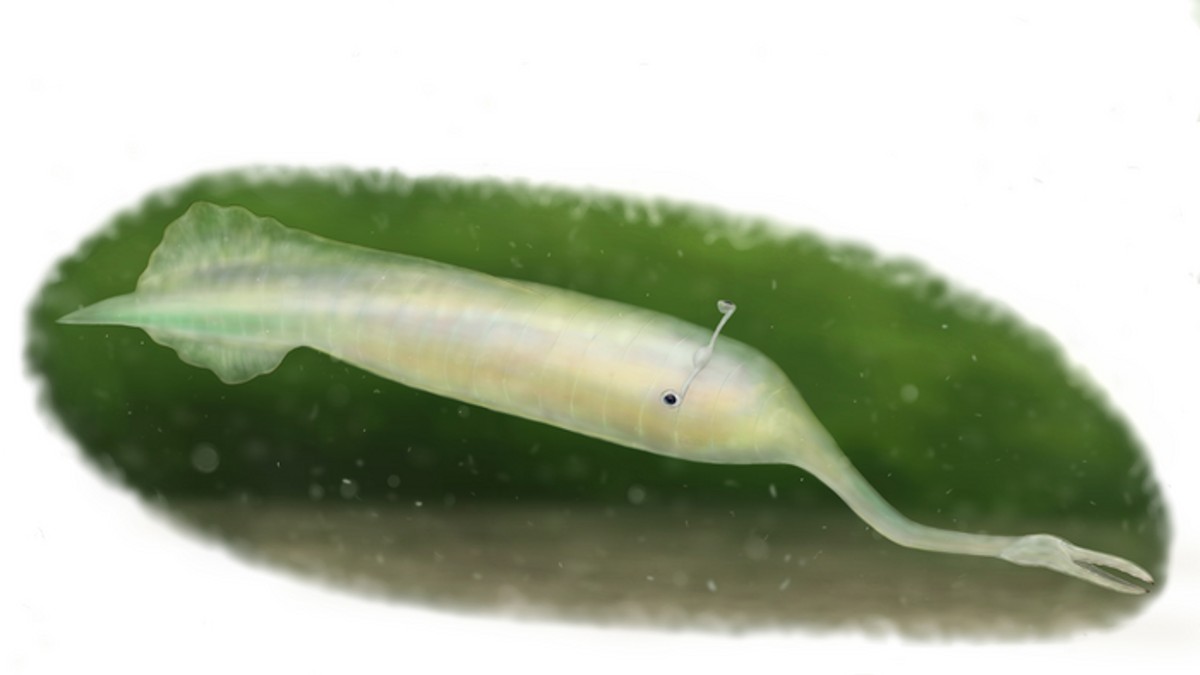
The debate on the classification of the enigmatic, torpedo-shaped “Tully monster” that lived about 300 million years ago may finally have been settled by scientists.
For over half a century, researchers have argued about whether the strange creature was similar to a snail without a shell, a worm with an extendable jaw or some other kind of long-extinct creature that deserved a group of its very own.
The beast, known scientifically as Tullimonstrum gregarium, was first discovered by amateur fossil hunter Francis Tully in 1958 while scouring the mining pits of northeastern Illinois.
The 15cm-long marine “monster” turned out to be an enigma as it was soft bodied, unlike dinosaur bones and hard-shelled creatures that are often found as fossils.
While its odd pair of eyes on stiffened stalks suggested it was likely a marine predator, paleontologists have been stumped over where it belonged in the Tree of Life.
The Mazon Creek Lagerstätte in Illinois is one of the few places in the world where conditions were just right for imprints of these ”monsters” to be captured in detail before they could decay.
A previous 2016 study offered the explanation that the Tully monster was likely a vertebrate and the findings suggested it could be a missing piece of the puzzle on how such creatures with a backbone evolved.
Now, scientists in Japan, including those from The University of Tokyo, used 3D imaging study technology to reveal that the Tully monster was not a vertebrate.
“We believe that the mystery of it being an invertebrate or vertebrate has been solved,” Tomoyuki Mikami, a doctoral student from the University of Tokyo at the time of the research, said in a statement.
Researchers behind the new study, published recently in the journal Paleontology, said the vertebrate hypothesis of the Tully monster was “untenable”.
They point to segmentation in the extinct creature’s head region that extended from its body, adding that this characteristic is not known in any vertebrate lineage, suggesting “a nonvertebrate affinity”.
Researchers analysed 150 fossilised Tully monsters and over 70 other varied animal fossils from Mazon Creek.
Using a laser scanner, they created colour-coded 3D maps of the fossils which showed the tiny irregularities that existed on their surface.
The 3D analysis found features previously used to identify the Tully monster as a vertebrate were not actually consistent with those of such animals with backbones.
Scientists, however, said the type of invertebrate the strange creature was and its exact classification is yet to be concluded.







